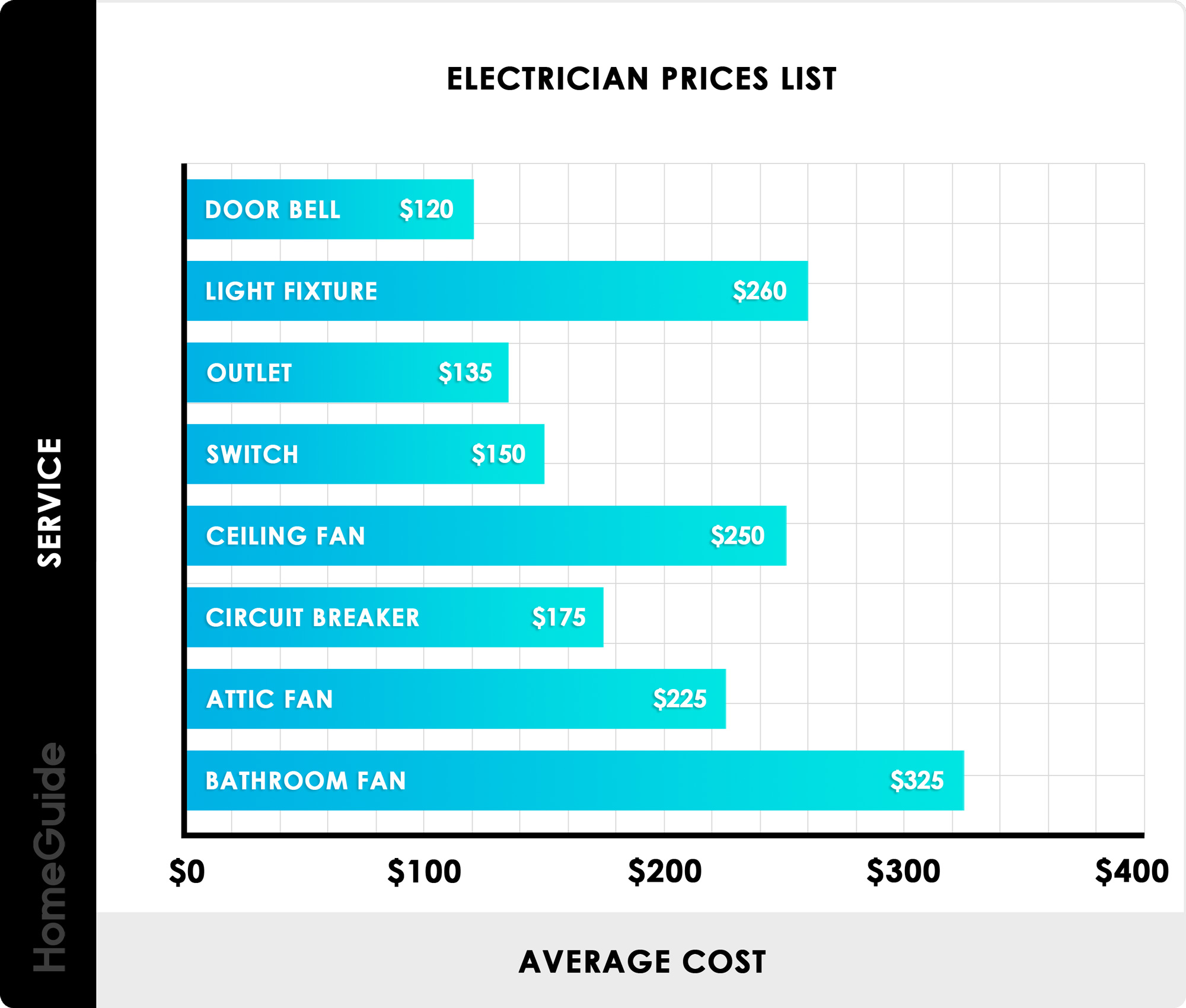
Installing mounting structures might require a solar installer. These structures will support panels and shingles. These structures can be used to connect electrical components of the PV systems to existing electric systems. Sometimes, the installers will need to build the mounting units themselves. As a result, this job requires specialized skills and education.
Job description
A PV installer is responsible for providing environmentally-friendly energy. This job requires knowledge in solar energy and construction skills. It also requires good hand-eye coordination. You must also be able to lift heavy equipment. It is common to install equipment on rooftops and outdoors, where there are risks of electric shock or falling. The job requires specialized training, which is available at trade schools and community colleges.
An installer of PV panels is responsible for choosing the right solar panels and grounding them. They also ensure the safety of the equipment. They must also make sure that the system is installed according to codes and safety standards. Most PV installers work outdoors, so the physical demands are high. They must have a good understanding of safety and electrical systems in order to protect their clients. They may also work with a team that includes installers to ensure that the work is completed correctly.

In order to be a PV installer you must have a high-school diploma or special training in the area. There are many technical schools that offer training in solar energy technology. These programs can take up to one year. You can also gain on-the-job training or apprenticeships.
Education requirements
Although the education requirements for PV installation professionals vary depending on the region and the employer, they all need to have at minimum a high school diploma. Employers also prefer people with technical training. In general, solar panel installers must be skilled in using power tools and understand electrical wiring.
Many online training courses are available for PV installers. These courses generally cover application types and components of the PV system. It is important to find courses that combine online and hands on training. Some even include the exam fee as part of the course price. After the student has completed their training course, he/she can apply for NABCEP certification.
Although most employers require high school diplomas or equivalents, some candidates prefer to attend trade schools or community colleges. These courses include everything you need to know about safety and how to design solar systems. Candidates with construction experience are especially benefited by online courses. Others opt to receive on-the job training under the supervision an experienced installer. This process takes anywhere from 6 months to 1 year.

Salary
The salary for a PV installation worker varies depending on his or her experience, location, and skills. The job might require workers to work individually or in groups. Team members may include other installers, roofers, electricians, and other construction-specific occupations. Installers of solar panels will often require a high level of detail and some electrical and mechanical skills.
Many PV installers receive training at community colleges or trade schools. You will learn about safety and system design. Course lengths can be as short as a few months or as long a year. Online training courses can also be beneficial, particularly for those with prior construction experience. Alternatively, some PV installers learn on the job. On-thejob training is usually one month to one years long and covers safety procedures, tools, as well PV system installation techniques.
The salary of a solar photovoltaic installer is much higher than for other occupations. A solar photovoltaic installation worker earns an average of $47,670 annually, which is roughly the same as the average salary paid to construction workers. For comparison, the average annual salary for all occupations in this industry is $46,670.
FAQ
What is the cost of applying for building permission?
It will vary depending on where you live and how complex your project is. It also depends on whether your application is for permission to construct or extend an existing house. The application process can take several months, so be prepared to wait until everything is finalized.
Where can I get more information on building permits?
Talk to your local government (for example, NSW Local Government Association), and your local realty agent. These authorities should be able advise you on the steps to take in order to get permission to build.
Can I cancel my contract at any point?
Yes - but this must be done within 14 days of signing your contract. You can usually end your contract by notifying the contractor in writing at least 7 days before the contract's expiration date. But, you could still owe the contractor money if you give too little notice.
Is a service contract a warranty?
Service contracts are not warranties. A service contract is an agreement between two people to exchange goods or services. In this instance, the customer agrees that he will cover the costs of replacement or repair if the product doesn't perform as expected. This contract is also called a maintenance contract.
Are there additional considerations I need to make?
Yes. Check your local laws to see what types of projects are allowed and what conditions must be met. Some states require that you get council approval before you build. Some states only require you to notify them about your plans. Find out the position of your local authorities on this matter by checking with them.
What is a Service Agreement Template?
A service agreement template is a document that contains all the details of a particular service agreement. To create a standard agreement, a service agreement template can be used.
Service agreements are crucial because they set the boundaries between two parties.
They aid in understanding the needs and expectations of both parties. They also ensure that both parties know exactly what they are getting into before signing off on the deal.
Who is responsible for paying for the service
Your SCA will indicate who is responsible in paying for the service. If the service provider is not paid in full, it may have grounds to claim compensation through the courts.
Statistics
- While we offer all our high-quality services at competitive prices, we know that many who need our services are on fixed incomes, so we offer a 10 percent discount for seniors and military members. (homeservicecontractorsinc.com)
- Reasonable late fees go up to 25% per year on unpaid sums. (lawdepot.com)
- (v) Place or places of performance of the prime contract and first-tier subcontracts estimated at $10 million or more, if known. (acquisition.gov)
- Depending on the client's trustworthiness and financial stability, a deposit is usually 10 to 50% of the total contract amount. (lawdepot.com)
- Don't take their anger personally, they are mad about the situation 99% of the time. (activatemylicense.com)
External Links
How To
What is the difference in a service agreement and contract?
A service agreement describes an agreement in which a provider offers to provide services for a client. It creates an obligation on both parties. The term "service" is used to describe a company's products and advice. Financial services are not included.
A contract is an legally binding document that describes the terms and circumstances of a business relationship. For example, if you buy a product from a retailer, you have purchased a contract because you are obligated to pay for the item later. If you accept employment you have entered into an agreement with your employer.
The service agreement does not require any documentation. A service agreement written is not often used in practice. Verbal agreements, however, are common.
However, service agreements have many advantages over contracts:
-
A service agreement is more flexible than a contract.
-
It allows a service supplier to change its mind and not be penalized.
-
It allows for greater flexibility by the service in deciding how to provide the agreed-upon service.
-
It is a record of the promises made.
-
It is easier for a service provider to be sued.
-
It is less expensive to prepare a service arrangement than a contract.
-
It is less likely it will result in litigation.
-
It is easier to terminate a service agreement than a contractual arrangement.
-
It is easier to modify a service agreement than a conventional contract.
-
You can set up an ongoing relationship by using a service arrangement.
-
It is possible to divide the cost of drafting service agreements with third parties.
-
If you are drafting a Service Agreement, it is possible for you to include a clause that requires arbitration.
-
It is possible for provisions to be added regarding confidentiality, proprietary rights, non-disclosure etc.
-
It is possible for the contract to be specified in terms of its duration (e.g. 1 year).
-
You can make the service agreement subject only to a pre-existing condition.
-
It is possible to state that the service provider will be liable only for negligence, gross negligence, willful misconduct, or fraud.
-
It is possible limit liability for consequential damages.
-
It is possible for the service supplier to enter into another contract with a different customer.
-
You can give notice of termination in certain circumstances.
-
It is possible for the service provider to offer a warranty.